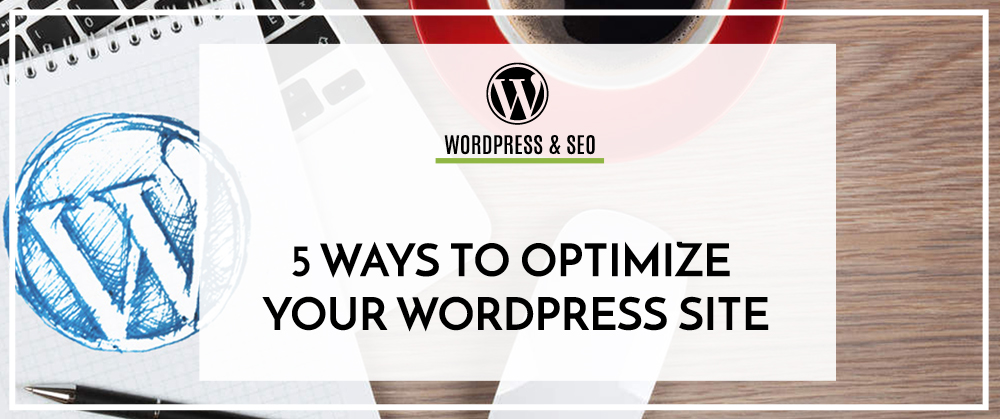
Orlando WordPress Developers
Having a quick load time for your website is incredibly important. If your page takes too long to load, users may just click the back button and leave. Every frustrated user is potential customer that your website defeats before they even begin.
Website performance affects more than just customers. A faster site will also mean being ranked higher. Why would Google want to show a slow site to one of its users?
What can you do to speed up your load times? Follow these 5 tips and you’ll see better performance out of your website.
1. Analyze your WordPress site’s speed
To evaluate your site’s speed, you can use tools like GTMetrix, YSlow or Google PageSpeed Insights. These tools will give you insights on how well your site loads and will provide recommendations on how to optimize it.
2. Test your WordPress plugins
WordPress plugins are amazing. They can add features to your website that used to take weeks to develop. However, plugins should be used with caution because they can slow your site and affect your its performance.
A good rule of thumb is to ask yourself “Do I really need this plugin?” If you imagine yourself barely using its features then it’s best just to uninstall it.
To understand how plugins are affecting your site’s performance, download and run p3 profiler. This plugin creates a profile of your WordPress plugins performance by measuring their impact on your site’s load time. Often times, WordPress sites load slowly because of poorly configured plugins or because there are too many of them. By using the P3 plugin, you can narrow down anything causing drag on your site.
3. Optimize your images for the web
Images are an essential and very important aspect of your website, however they can also take up a huge amount of space and slow down your site.
If you are looking to optimize images you already have on your WordPress site then we recommend using WP Smush. WP Smush helps you reduce image file sizes, improve performance and boost your SEO.
WP Smush meticulously scans every image you upload – or have already added to your site – and cuts all the unnecessary data and scales it for you before adding it to your media library. You will see a several megabyte difference in size afterwards.
4. Install a cache plugin
Most of the files on a website rarely change. Most of the times, users are downloading and re-downloading the same element of your website over and over again. Why have them download all those files again? This is were WP Super Cache comes into play.
This plugin generates static HTML files from your dynamic WordPress website. After a HTML file is generated, your web-server will serve that file instead of processing the heavier WordPress PHP scripts and sending requests to the database.
Static HTML files will work for most websites, however if your site uses a membership plugin or an eCommerce plugin, cache plugin must be used with caution, since these plugins need to present new generated files after a user performs an action.
5. Add an AMP plugin
The Accelerated Mobile Pages (AMP) Project is an open source initiative that came out of discussions that Google had between publishers and technology companies about the need to improve the mobile browsing experience.
An AMP plugin generates a basic version of a page or article (mobile optimized content) that can load instantly on any mobile device.
Automattic’s AMP plugin only creates AMP content for articles (pages support is being worked on), but does not automatically display it to your users when they visit from a mobile device. That is handled by AMP consumers such as Google Search.
Orlando WordPress Design & Development: Do you need help optimizing your WordPress website? We can help you improve your site’s speed and SEO! Contact us for a free quote.







